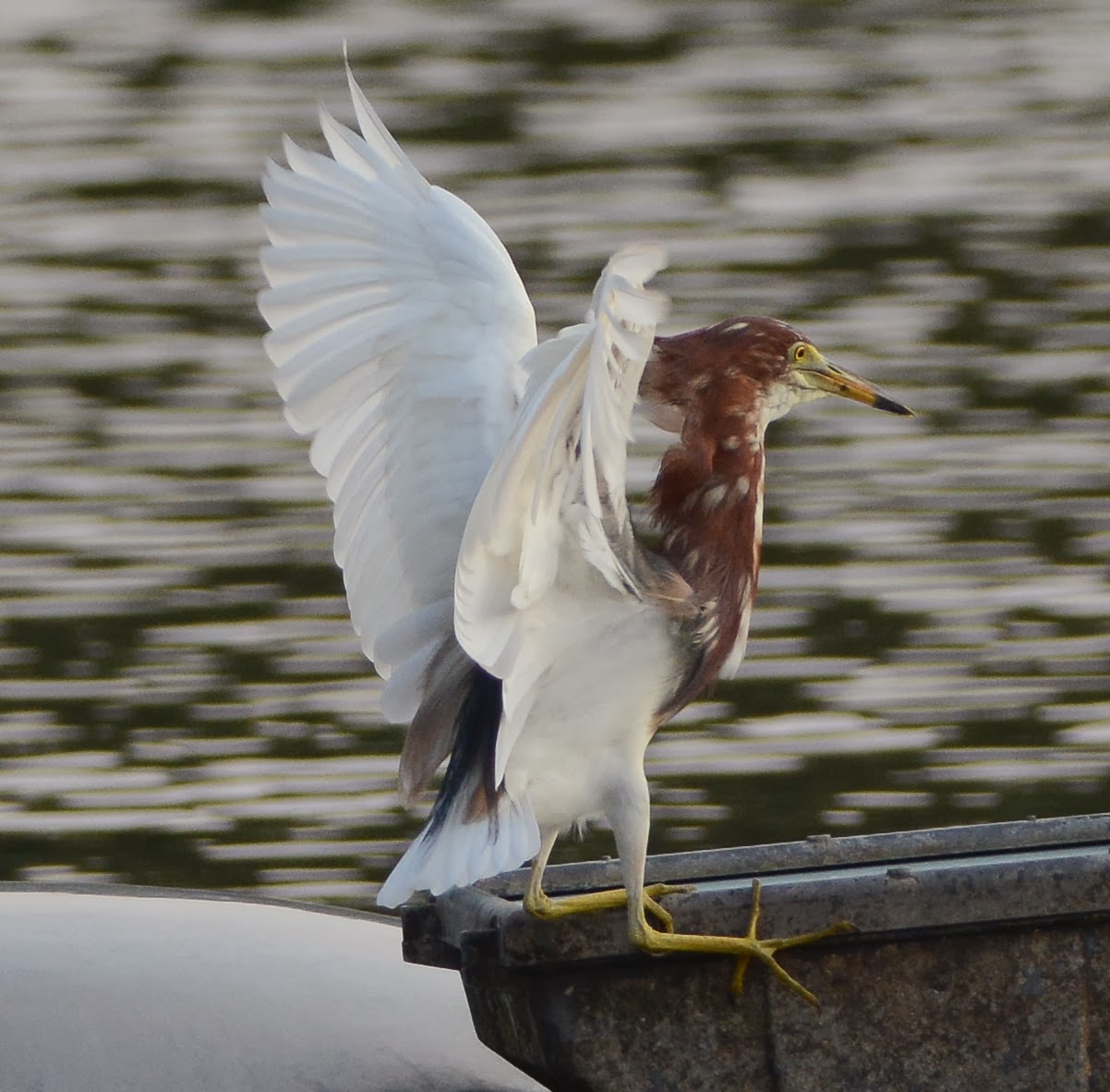I just got an email announcing an important addition to those interested in SE Asian ornithology and conservation...
Even though the international importance of the Cambodian bird fauna is
widely recognised, the only review to date was confined to pre-1970s
records for 399 bird species. As information on Cambodian birds has
grown exponentially since the 1990s, the country has needed a national
treatment synthesizing latest knowledge on its fascinating avifauna for
some time.
The Birds of Cambodia - An Annotated Checklist is a landmark publication
that addresses this need. It stems from 12 years of ornithological
surveys and observations, coupled with six years of collation and review
of all available records. The book exhaustively documents the entire
bird fauna of Cambodia and identifies all bird species of national
conservation concern. As such, it provides an authoritative basis for a
national red data book and future conservation legislation.
The book consists of three parts and includes 48 colour plates
illustrating major habitats, conservation threats and over 80 bird
species photographed in the wild in Cambodia.
The introduction describes the country’s natural geography, major
habitats, protected areas, ornithological history and survey coverage,
then goes on to review conservation successes and challenges and provide
guidance for novice birdwatchers.
A systematic section forms the heart of the book and presents
peer-reviewed accounts for the 598 bird species currently confirmed for
Cambodia. The accounts synthesize latest knowledge on seasonal
occurrence, abundance, distribution and habitat, including notes on
breeding and conservation. English, Latin, French and Khmer names,
including transliteration, are provided for each species. Detailed
reviews of records are also provided for rarities and all species of
conservation concern, together with a proposed national conservation
category.
Several appendices complete the book. These include a reference
checklist for Cambodian birds, tables of nationally threatened species
and potential future species additions, census results for globally
threatened species and a geographical gazetteer.
In addition to stimulating interest and awareness among the general
public, The Birds of Cambodia - An Annotated Checklist will undoubtedly
become an indispensable reference for conservationists and
ornithologists in Cambodia, as well as all bird watchers visiting the
Kingdom.
All proceeds from sales of the publication will be used to build
awareness and capacity for bird conservation among young Cambodians.
Copies can be obtained from
Fauna & Flora International Cambodia
Programme, #19, Street 360, Boeng Keng Kong 1, Phnom Penh, Cambodia.
Email: birdsofcambodia@gmail.com
































